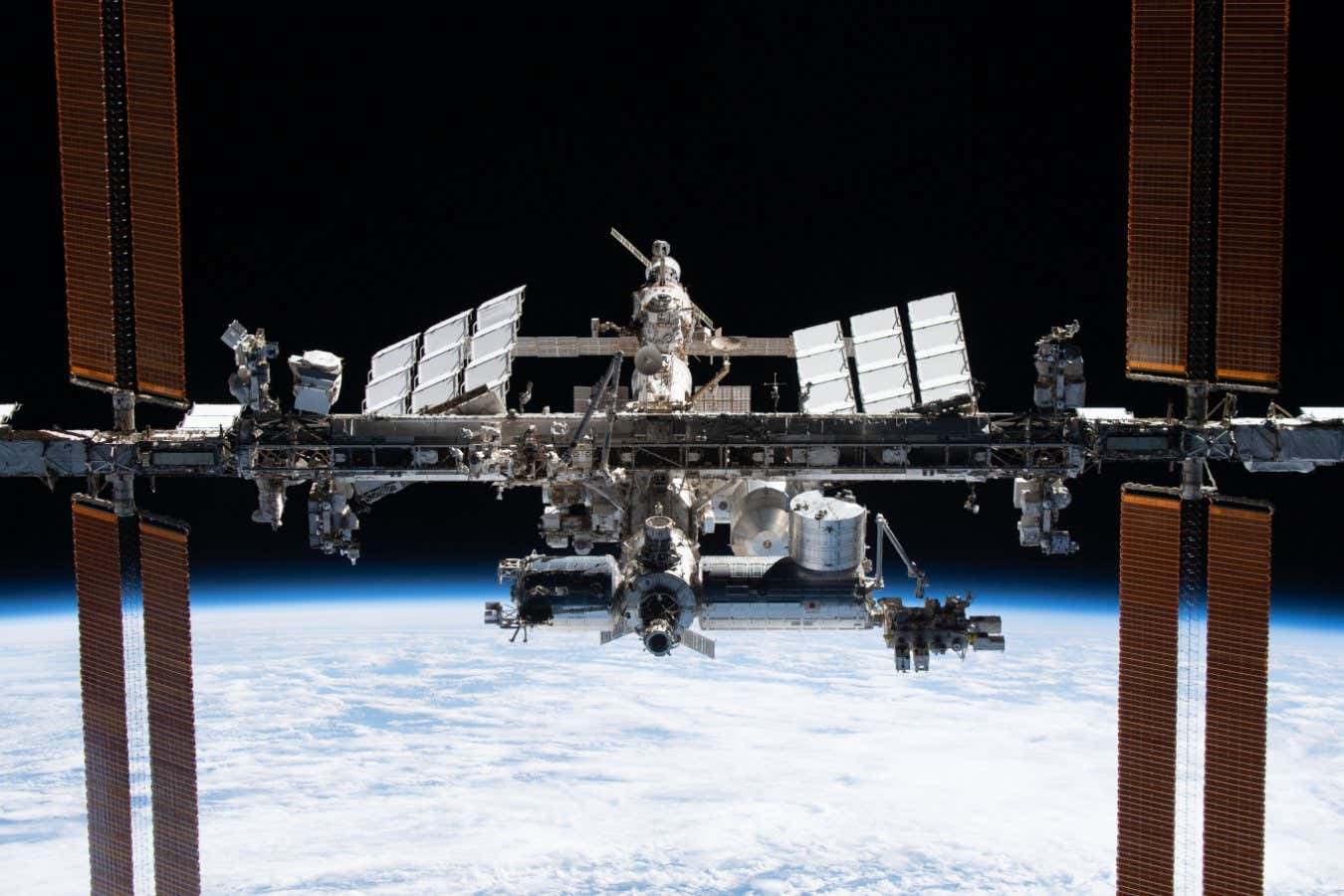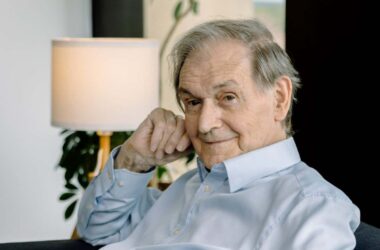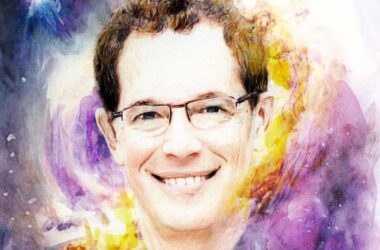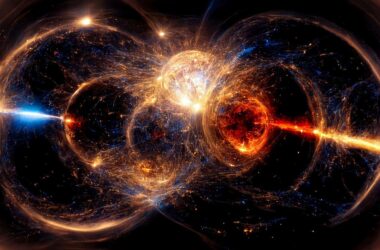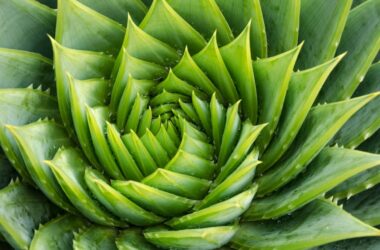Physicists are on the verge of conducting the most precise tests of Einstein’s theories on gravity. They plan to use two types of extremely cold atoms on the International Space Station (ISS) in a groundbreaking experiment.
Einstein’s theory includes the equivalence principle, which states that all objects fall at the same rate when gravity is the only force acting on them. Scientists have been testing this principle for years using various methods, including placing very cold rubidium atoms in freefall and studying the effects of gravity on carefully measured materials in space.
Naceur Gaaloul and his team at Leibniz University Hannover have developed an experiment that combines elements of these previous tests by using ultracold atoms in space. They utilized the Cold Atoms Laboratory (CAL) on the ISS, which was designed to study quantum effects in atoms at extremely low temperatures and gravity levels.
By cooling potassium and rubidium atoms on the same chip and manipulating them, the researchers turned the chip into two separate interferometers, which are devices that measure acceleration based on patterns created by matter waves. As the ISS is constantly accelerating due to gravity, any difference in the acceleration values recorded by the interferometers could signify a violation of the equivalence principle.
While the researchers have successfully created the interferometers, further optimization is required before they can fully test the equivalence principle.
Timothy Kovachy of Northwestern University believes that beyond testing general relativity, these experiments could potentially reveal new particles not accounted for in the Standard Model, if they were to break the equivalence principle. He notes that achieving extreme precision with atom-based interferometers necessitates going to space due to the time constraints on maintaining freefall on Earth.
Gaaloul’s team previously accomplished atom interferometry with ultracold rubidium atoms aboard a research rocket and is planning to launch another rocket with both potassium and rubidium atoms. The CAL experiments are anticipated to produce results hundreds of times more precise than satellite-based tests and hundreds of thousands of times more accurate than Earth-based experiments. Gaaloul acknowledges the limitations of conducting precision experiments on the ISS and emphasizes the need for dedicated satellite missions in the future.




